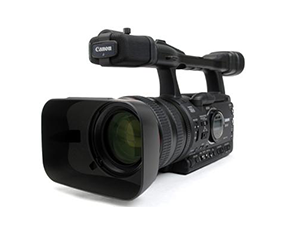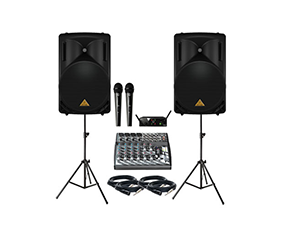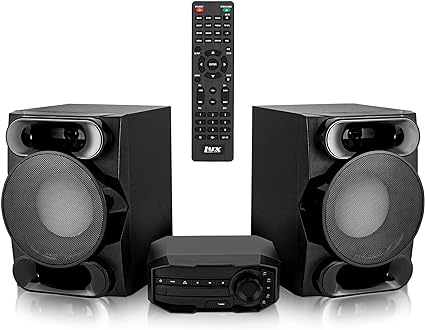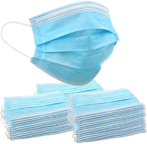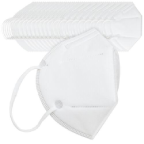 |
|---|
|
By Scott Bourne, www.photofocus.com |
|
1. Always be ready for an animal encounter. Wherever you live, chances are there are animals nearby to photograph. Be aware of local species. Do research to find out which kinds of animals frequent your area and when they are nearby. 2. Always carry a 300 to 400mm lens with your camera. You never know when you'll get a chance to make a wildlife image. And you can't make that image unless you have a reasonably long lens and camera nearby at all times. 3. Keep your basic gear on your person, not in your bag. Things like flash, batteries, and memory cards should be in your pockets, not in your bag. Pawing through your bag in the middle of a wildlife encounter will usually result in a lost opportunity. I wear a vest for this reason and keep my basics in the same place every time I go out, so I know where to find them. 4. Start by finding a good background. Background, background, background is the most important thing in the image after the subject and the light. The simpler the background, the better. If the story is the animal, keep the background simple to focus attention on the real subject. 5. Shoot with a fast shutter speed when trying to get moving animals in focus. I shoot wildlife in shutter priority mode, and when using my long lens - the Sigma 300-800 f/5.6 - I set 1/750 of a second as my minimum shutter speed. 6. Look for situations that tell a story, convey a concept, or communicate a mood. 7. Keep the light at your back, and point your shadow at the subject unless you have a very good reason to do otherwise. 8. When photographing groups of animals, look for separation between subjects. Avoid merges. It takes patience, but it's worth it. 9. Remember, in a photograph, a sleeping animal appears to be a dead animal and, therefore, not interesting. 10. Remember, when photographing action such as moving animals, staring at the LCD screen will cause you to miss opportunities. |
|
|
Here's a list of my top seven bird and wildlife photo hotspots, in no particular order. 1. Bosque del Apache, N.M. - www.fws.gov/refuges/profiles/index.cfm?id=22520 - Bosque del Apache (woods of the Apache) is a 57,191-acre national wildlife refuge 18 miles south of Socorro, New Mexico. More than 300 species of birds migrate to the Bosque each year. It is a great place for blue herons; mallards; snowy egrets; sandhill cranes; roadrunners; Ross's, Canadian, and snow geese; bald eagles; Cooper's and red-tailed hawks; and wild turkeys. Surely no place in the western United States can boast such a concentration of birds and wildlife. The migrating geese and cranes start to arrive in earnest at the refuge in November. 2. Northwest Trek Wildlife Park, Eatonville, Wash. - www.nwtrek.org - This is a great place to photograph deer, elk, moose, bear, and various other animals and birds native to the northwest. There are several options here. (1) Enter the park and ride the tram around the free roaming area. There aren't many photographic opportunities from the tram, but it does give a good idea of the lay of the land. (2) Arrange to take a special photography tram. These are offered every quarter. In either event, also walk around the staged exhibits; this is where the best shots are. Even though some people would refer to these as cages, they are really natural enclosures designed to mimic the animals" natural habitats". Some favorites here are porcupines, snowy owls, raccoons, deer, and elk. 3. St. Augustine Alligator Farm Zoological Park, St Augustine, Fla. - www.alligatorfarm.com - is an amazing place, offering bird (and alligator) photographers a chance to photograph birds in breeding plumage from as close as 4 feet. In late spring and early summer, baby chicks can be photographed at an arm's length. The birds nest here because of the alligators. By the way, the Alligator Farm boasts every type of alligator and crocodile found in the world. The place is extremely photographer-friendly and a yearly pass ($69.95) entitles the user to early entry. 4. Arizona-Sonora Desert Museum - www.desertmuseum.org - This is a great place to photograph all sorts of raptors, lizards, and other dessert wildlife. It's close to Tucson, and there are many other bird photo opportunities in the same general area. Also, don't miss the nearby Saguaro National Park. 5. Yellowstone National Park - www.nps.gov/yell - Yellowstone (particularly in the fall) is an amazing place to find and photograph bison, grizzly and black bear, wolf, coyote, and fox. Access is simple. Backgrounds are beautiful and wildlife is abundant. Just pay attention to the rangers when they tell you to move on. They have little sense of humor. Avoid in the summer - too crowded. 6. Baxter State Park Maine - www.baxterstateparkauthority.com - If you want to photograph moose, this is the place. Just be careful. Moose kill more humans in North America than bears and wolves combined. Go in the fall to catch the rut, combined with great colors. 7. Denali National Park - www.nps.gov/dena - Go in autumn. There are caribou, moose, and grizzly and black bears. Visitors might see the wolf pack, beaver, and the Alaska state bird, the Willow Ptarmigan. Note: Cars cannot be driven all the way into the park. Visitors must take a bus to the interior or rent a night in one of the two or three privately owned hotels operating in the park - all of which are expensive. This is just a starting point. There are many places around the United States and the world birds and animals can be found and photographed. These are just some of my favorites. Hopefully, you will enjoy them, too. |





























